ZEN MESTEREK ZEN MASTERS
« Zen főoldal
« vissza a Terebess Online nyitólapjára
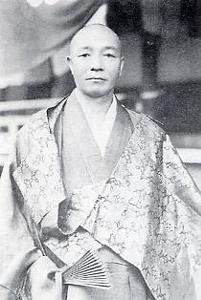
関精拙 Seki Seisetsu (1877-1945)
Dharma name: 精拙元浄 Seisetsu Genjō
https://ja.wikipedia.org/wiki/%E9%96%A2%E7%B2%BE%E6%8B%99
https://it.wikipedia.org/wiki/Seisetsu_Genjo
http://www.town.shinonsen.hyogo.jp/page/index.php?mode=detail&page_id=ed8cb32587a0ae0bdf4a12530caa9cfa
Dharma Lineage
[…]
白隱慧鶴 Hakuin Ekaku (1686-1769)
峨山慈棹 Gasan Jitō (1727-1797)
隱山惟琰 Inzan Ien (1751-1814)
太元孜元 Taigen Shigen (1768-1837)
儀山善來 Gisan Zenrai (1802-1878)
滴水宜牧 Tekisui Giboku (1822-1899) [由里 Yuri]
龍淵元碩 Ryūen Genseki (1842-1918) [高木 Takagi]
精拙元浄 Seisetsu Genjō (1877-1945) [関 Seki]
Seki Seisetsu
in: PDF: The Art of Twentieth-Century Zen, Paintings and Calligraphy by Japanese Masters
Eds. Audrey Yoshiko Seo with Stephen Addiss.
Boston and London, 1988, pp. 153-166.
"The Ten Cow-herding Pictures," translated by D. T. Suzuki,
published
in Essays in Zen Buddhism, First Series. New York: Harper & Brothers, 1949, pp. 361-374.
"The ten pictures reproduced were specially prepared for the author by Reverend Seisetsu Seki, Abbot of Tenryuji, Kyoto."
Cf.
Original Gozan (五山) woodcut print source
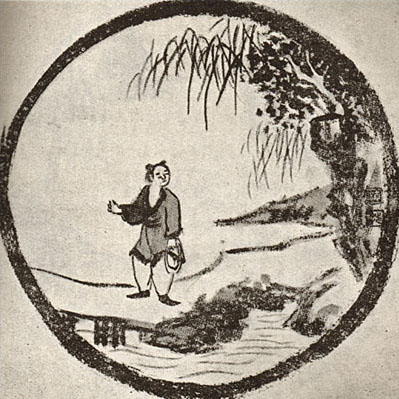
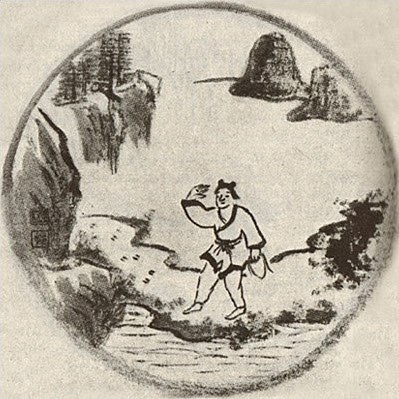
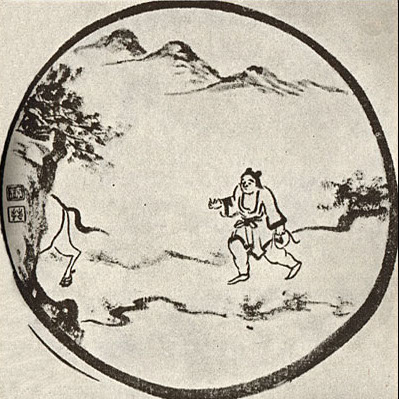

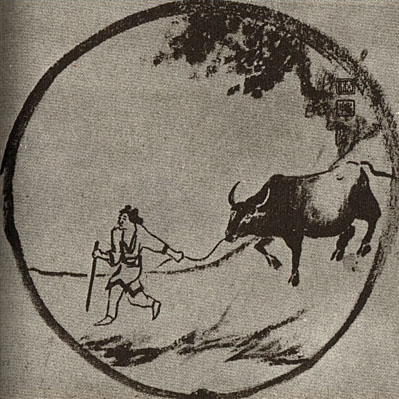
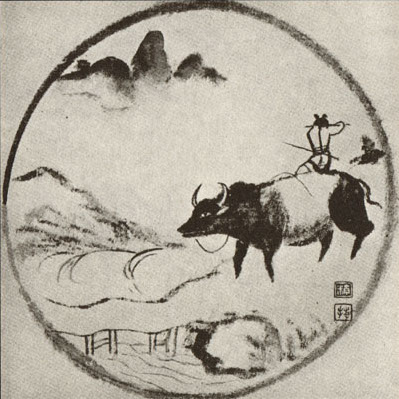
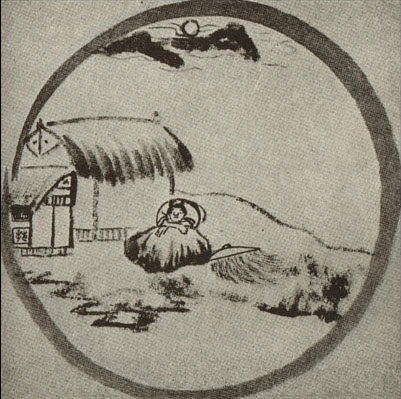
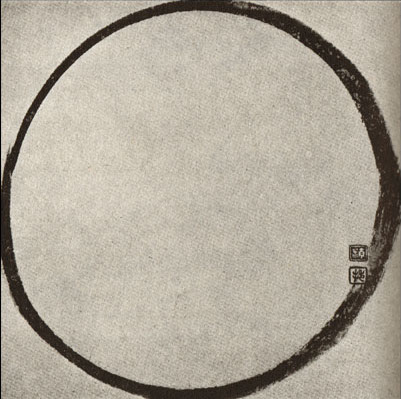
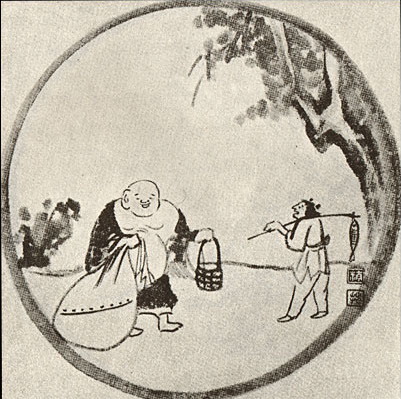
The Promotion of Bushido by Seki Seisetsu
in: Zen at War by Brian (Daizen) A. Victoria.
New York & Tokyo: Weatherhill, 1997. pp. 112-113.
Seki Seisetsu The Promotion of Bushido (Bushidō no Kōyō) was published in
1942, the year following Japan's attack on Pearl Harbor. It was a series of talks
by Seki Seisetsu (1877-1945), a "fully enlightened" Zen master who served
both as the head of the Tenryūji branch of the Rinzai Zen sect and as a mil-
itary chaplain. A second Rinzai priest, Yamada Mumon (1900-1988), edited
this work. After the war, Mumon, Seisetsu's disciple, became president of
Hanazono University and chief abbot of the university's ecclesiastical spon-
sor, the Myōshinji branch of the Rinzai Zen sect.
武士道乃高揚, 1942
One of the most striking features of Seisetsu's book is its cover, which
depicts the Japanese fairy-tale hero Momotaro. Dressed in samurai clothing,
Momotaro stands with his sword pinning down two devils, Winston
Churchill and Franklin Roosevelt. This representation is clearly a slightly
humorous reflection of the wartime epithet, "the devilish Americans and
English" (kichiku beiei).Like so many of his predecessors, Seisetsu began his description of
Bushido as "being nothing other than the Spirit of Japan." Zen had con-
tributed its "profound and exquisite enlightenment" to Bushido, leading to
the latter's "unique moral system." Thus had Bushido become "the precious
jewel incorporating the purity of the spiritual culture of the Orient."In what was by now a familiar litany, Bushido was said to "prize mili-
tary prowess and view death as so many goose feathers." Samurai "revered
their sovereign and honored their ancestors." They also valued loyalty,
frugality, simplicity, decorum, and benevolence. All of these values were
identical with those of modern soldiers. Not only that, these values applied
equally to "the people of this country who are now all soldiers, for I believe
that every citizen ought to adhere to the Bushido of the present age."In his conclusion Seisetsu argued that the unity of Zen, the sword, and
Bushido had only one goal: world peace. He wrote:The true significance of military power is to transcend self-interest,
to hope for peace. This is the ultimate goal of the military arts. What-
ever the battle may be, that battle is necessarily fought in antici-
pation of peace. When one learns the art of cutting people down, it
is always done with the goal of not having to cut people down. The
true spirit of Bushido is to make people obey without drawing one's
sword and to win without fighting. In Zen circles this is called the
sword which gives life. Those who possess the sword that kills must,
on the other hand, necessarily wield the sword which gives life.From the Zen vantage point, where Manjushri [the bodhisattva
of wisdom] has used his sharp sword to sever all ignorance and
desire, there exists no enemy in the world. The very best of Bushido
is to learn that there is no enemy in the world rather than to learn
to conquer the enemy. Attaining this level, Zen and the sword
become completely one, just as the Way of Zen and the Way of the
Warrior [Bushido] unite. United in this way, they become the sub-
lime leading spirit of society.At this moment, we are in the sixth year of the sacred war, hav-
ing arrived at a critical juncture. All of you should obey imperial
mandates, being loyal, brave, faithful, frugal, and virile. You should
cultivate yourselves more and more both physically and spiritually
in order that you don't bring shame on yourselves as imperial sol-
diers. You should acquire a bold spirit like the warriors of old, truly
doing your duty for the development of East Asia and world peace.
I cannot help asking this of you.To the belief that Zen-sanctioned war was both just and compassionate,
benefiting even one's enemy, must now be added the belief that it was all
being done "for ... world peace." Like Shaku Sōen (and many others) before
him, Seisetsu also carried his message of peace and the unity of Zen and the
sword to the battlefield on more than one occasion. One such visit took
place in February 1938, when Seisetsu, accompanied by his disciple Yamada
Mumon, made a sympathy call on General Terauchi Hisaichi (1879-1946) at
his headquarters in northern China. More will be said about the relationship
between Seisetsu and Terauchi in chapter 10.
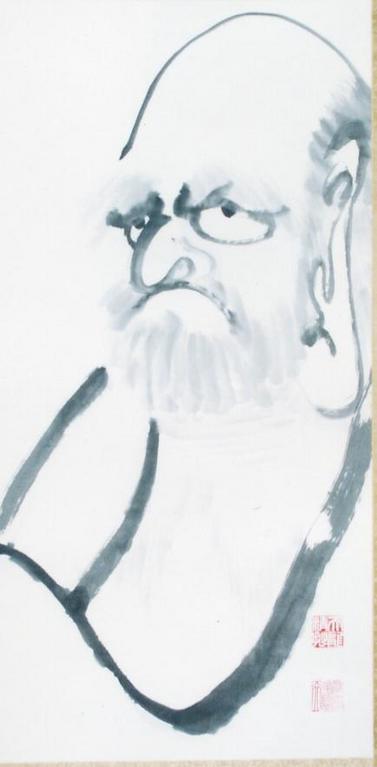 達磨図
達磨図 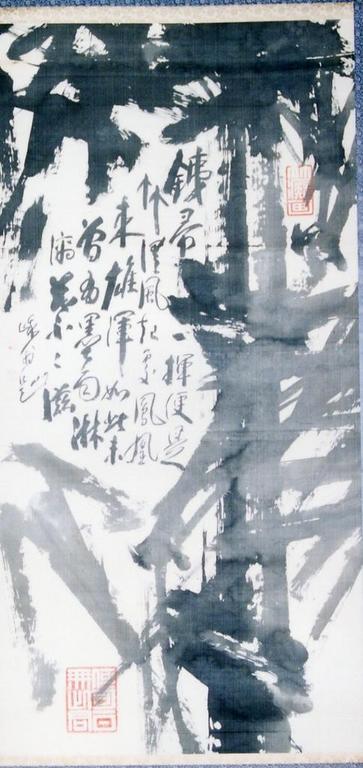 賛峨翁老大師七絶一章
賛峨翁老大師七絶一章